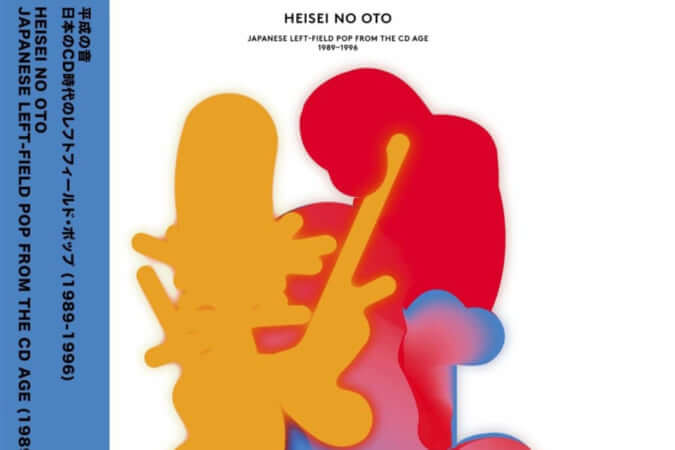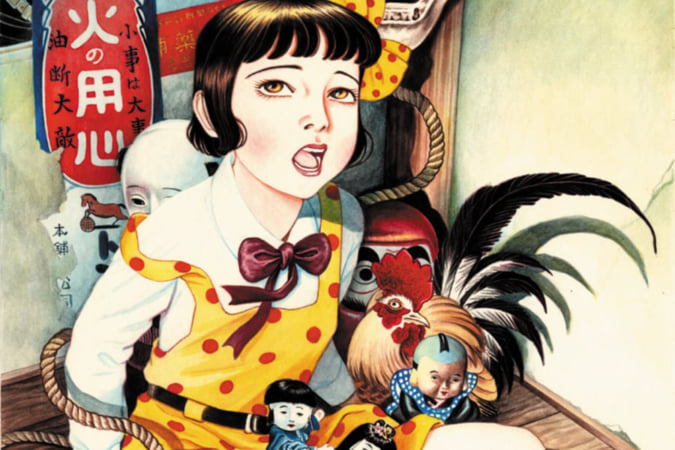Tetsuya Chihara, the Aesthetic of Words
The artistic director, a key figure in Japanese advertising design, opened the doors to his colourful office that acts as his inspiration.
Tetsuya Chihara is an iconic figure in Japanese design. However, his style is poles apart from the minimalism often associated with the big names in this discipline in his country.
He drew inspiration from the everyday objects he likes to have close to him in the Tokyo office for his company Lemon Life Inc. His multicoloured treasures, gathered during his walks around the Japanese capital, testify to a flamboyant personality.
Successfully integrating text with images
Born in Kyoto in 1975, Tetsuya Chihara has a gift for drawing. He started out working for an advertising agency and in a design agency, not really knowing which domain to turn his attention to definitively. He gradually realised that culture suited him and went on to become an artistic director and designer when he launched Lemon Life Inc. in 2011. His talents stood out in the world of advertising, and in a variety of formats. He expresses himself just as well on album covers as he does in store design for brands like Adidas Originals. Various large companies call upon his services, from H&M to Nissin Cup Noodles and Onitsuka Tiger.
This individual who forged his reputation on successfully integrating text with his images, which led to him advising young designers to ‘become writers’, now wishes to explore other horizons, including cinema, as Lemon Life Inc. announced the production of a film in 2022.
More information on Tetsuya Chihara’s work can be found on his Instagram account and on Lemon Life Inc’s official website.
View this post on Instagram
TRENDING
-
The Tattoos that Marked the Criminals of the Edo Period
Traditional tattoos were strong signifiers; murderers had head tattoos, while theft might result in an arm tattoo.

-
The Story of Sada Yacco, the Geisha who Bewitched Europe
Described by Dazed magazine as the first beauty influencer, she has been restored to her former glory since 2019.

-
Chiharu Shiota, Red Threads of the Soul
Last year, more than 660,000 people visited the retrospective 'Chiharu Shiota: The Soul Trembles' exhibit at the Mori Art Museum.

-
Japanese Left-field Pop From The CD Age, 1989-1996
‘Heisei No Oto’, a compilation of hidden gems in the unspoken depths of Japanese pop, reveal blissful moment of technological possibility.

-
‘Shojo Tsubaki’, A Freakshow
Underground manga artist Suehiro Maruo’s infamous masterpiece canonised a historical fascination towards the erotic-grotesque genre.





